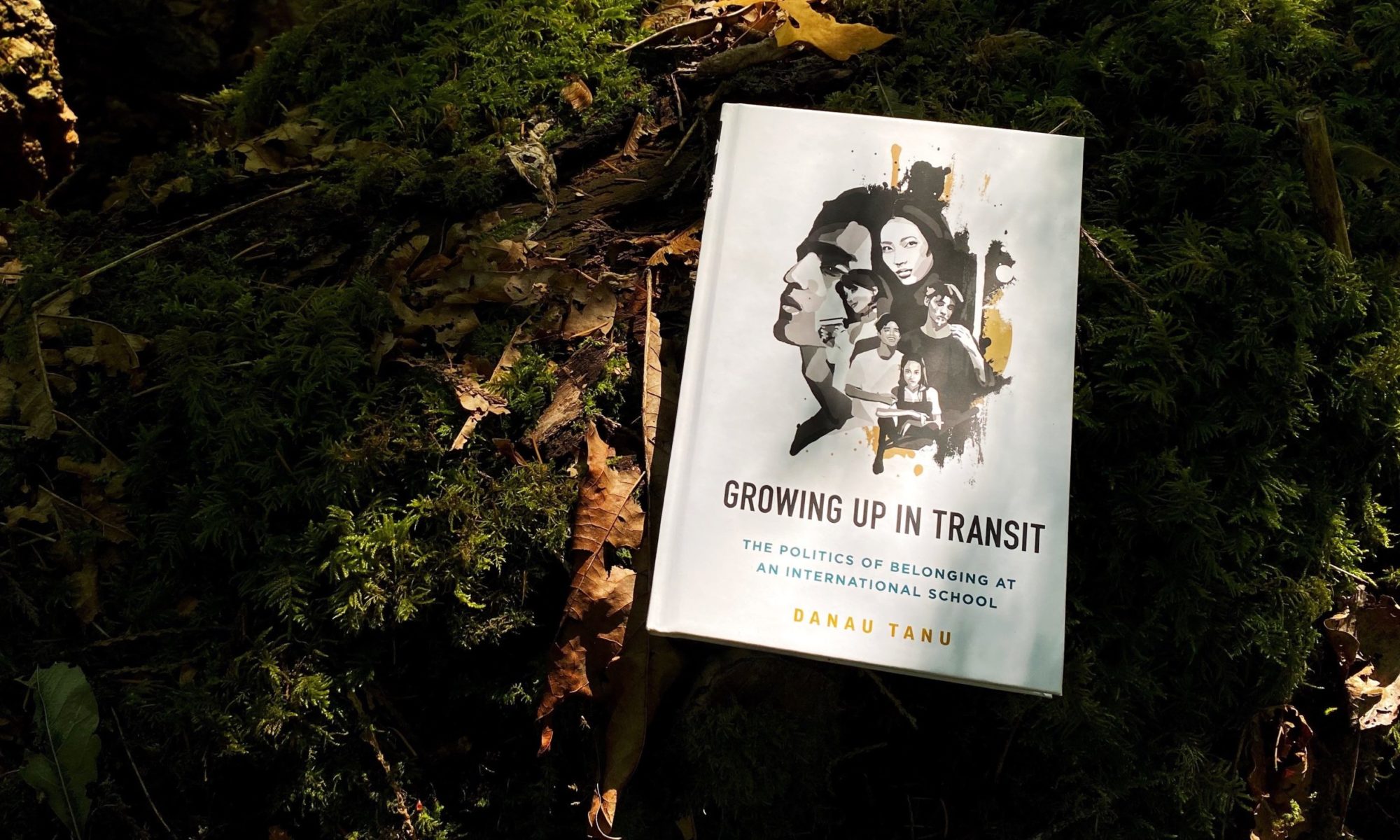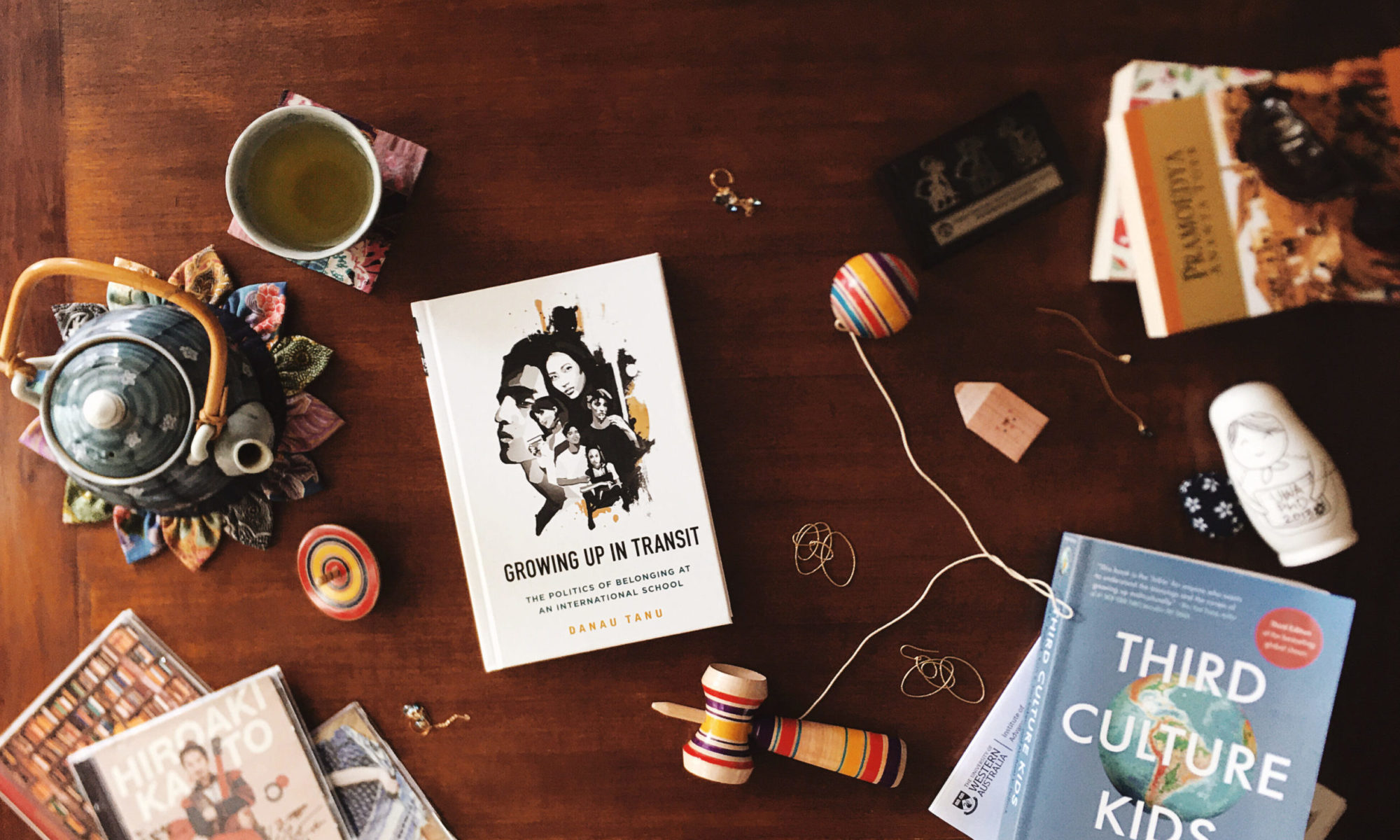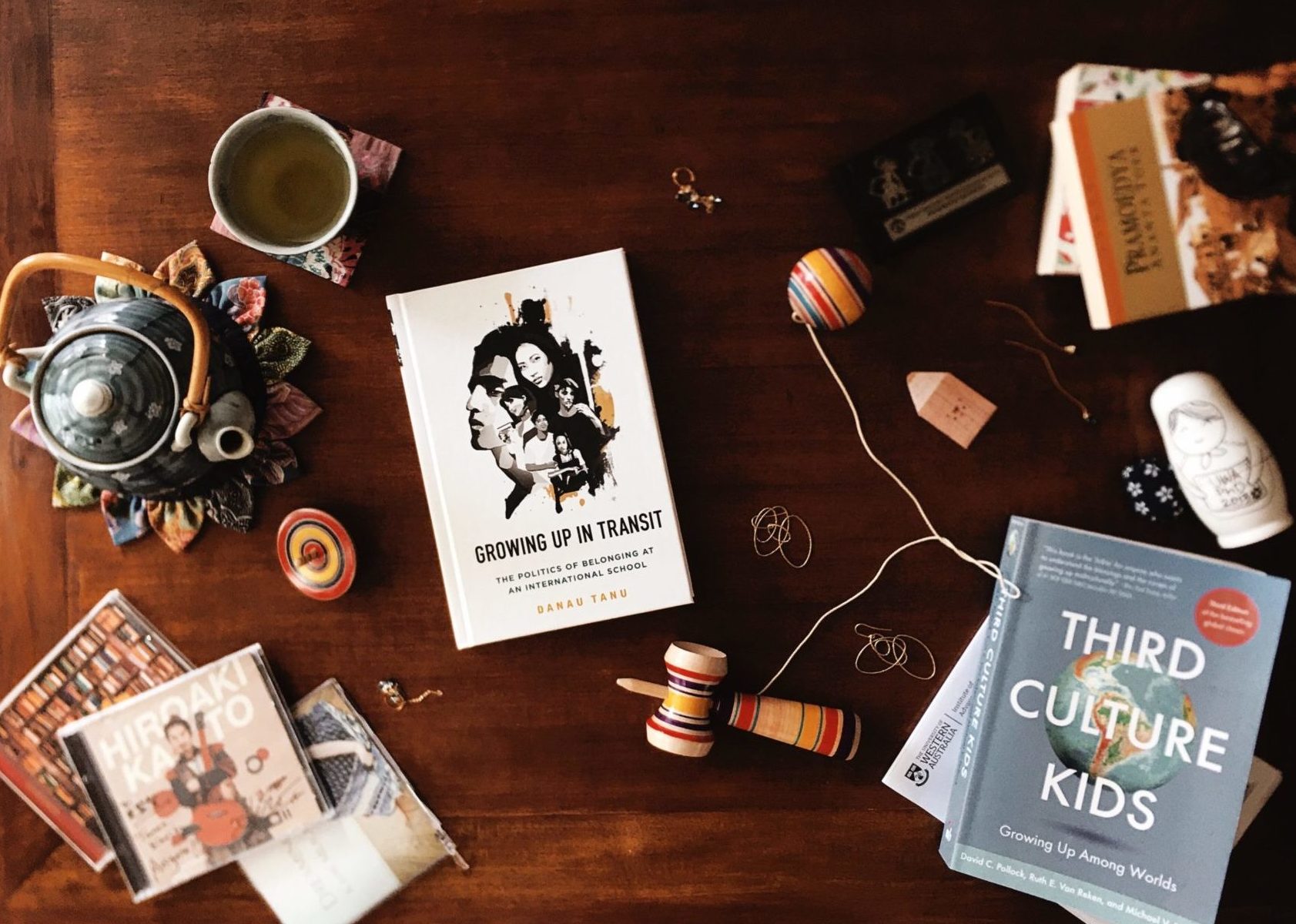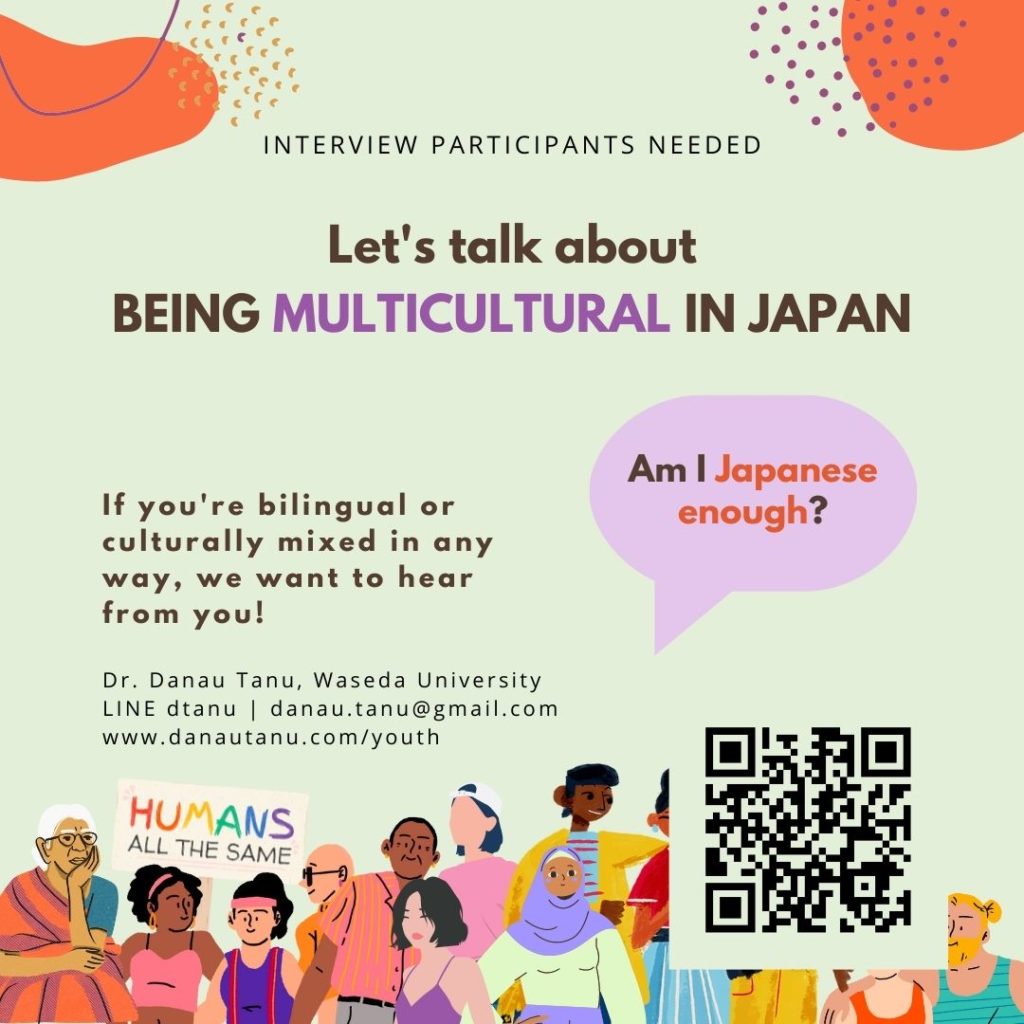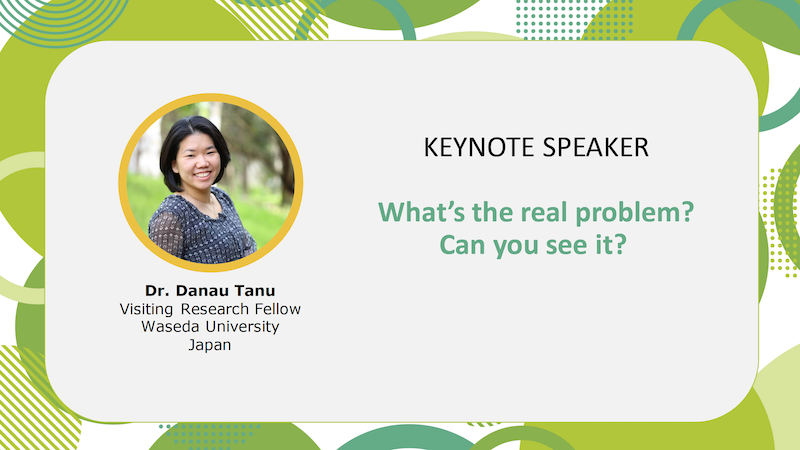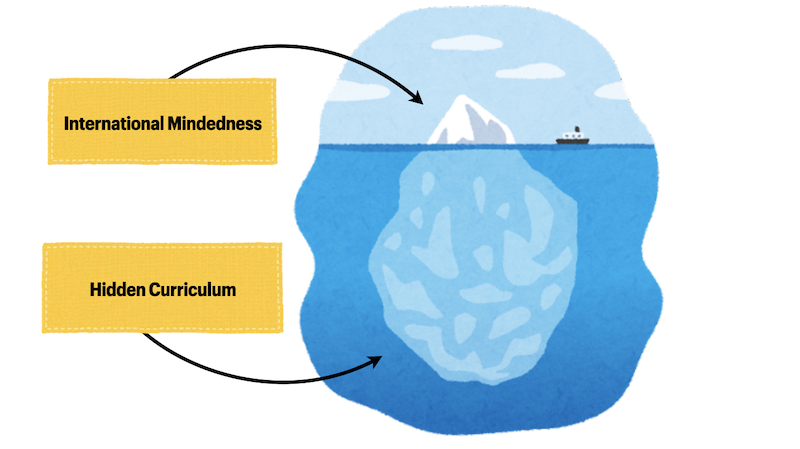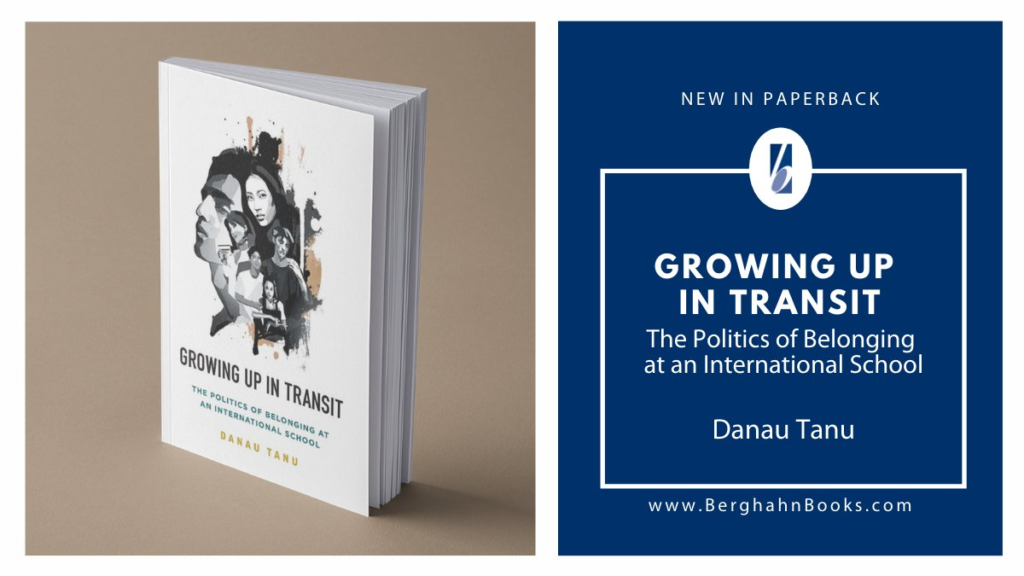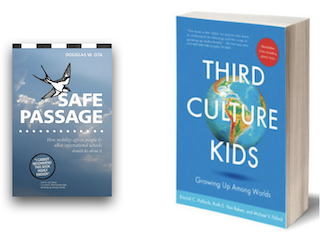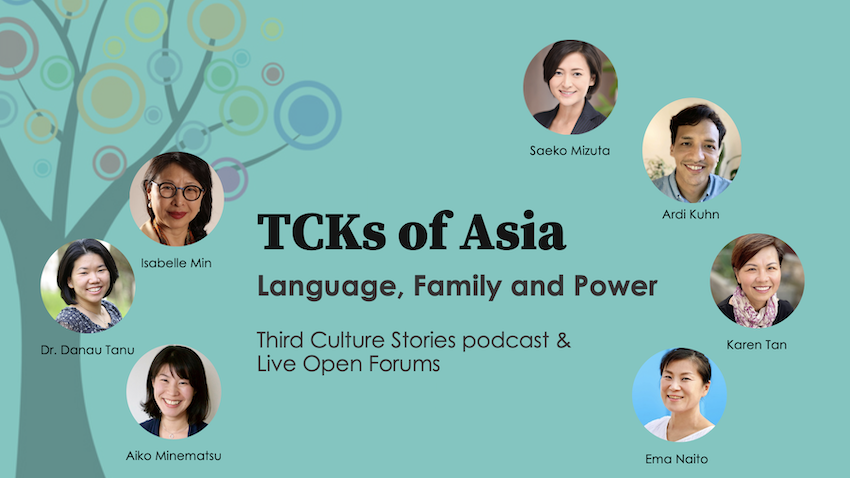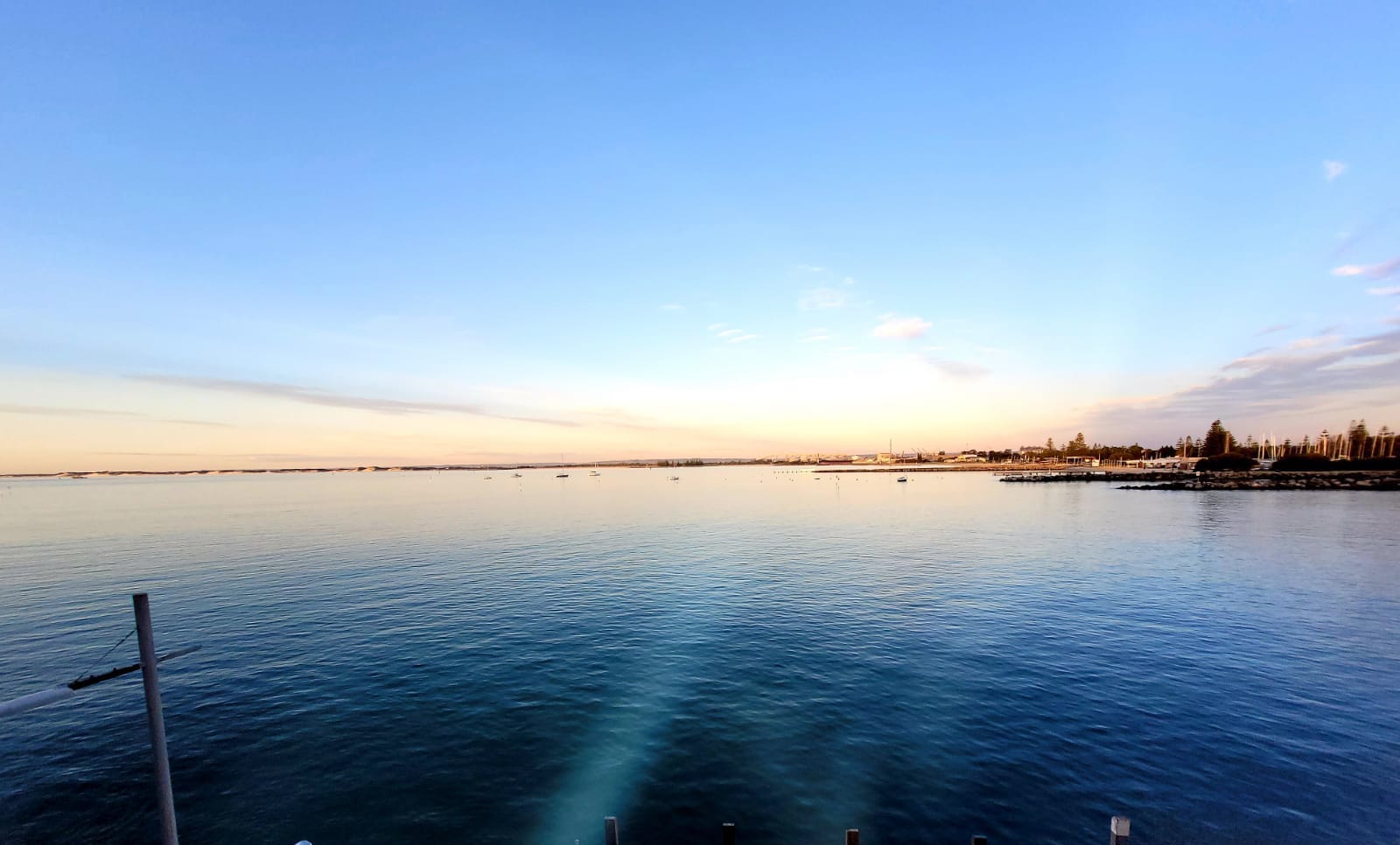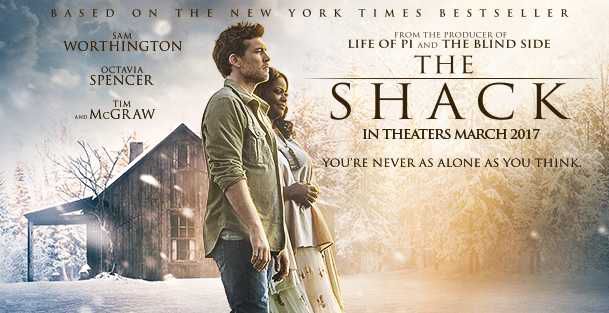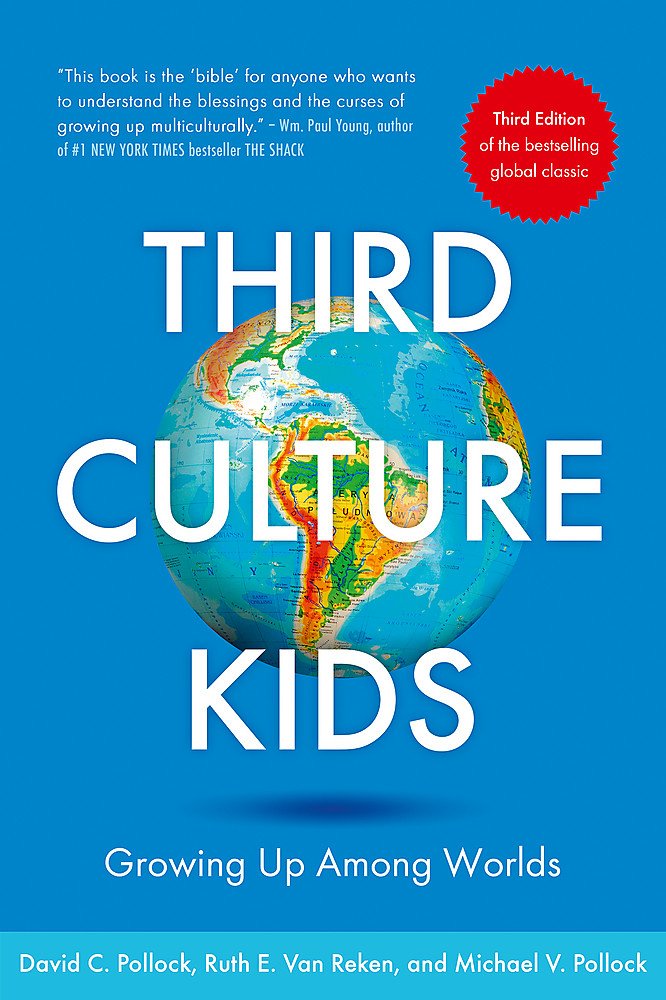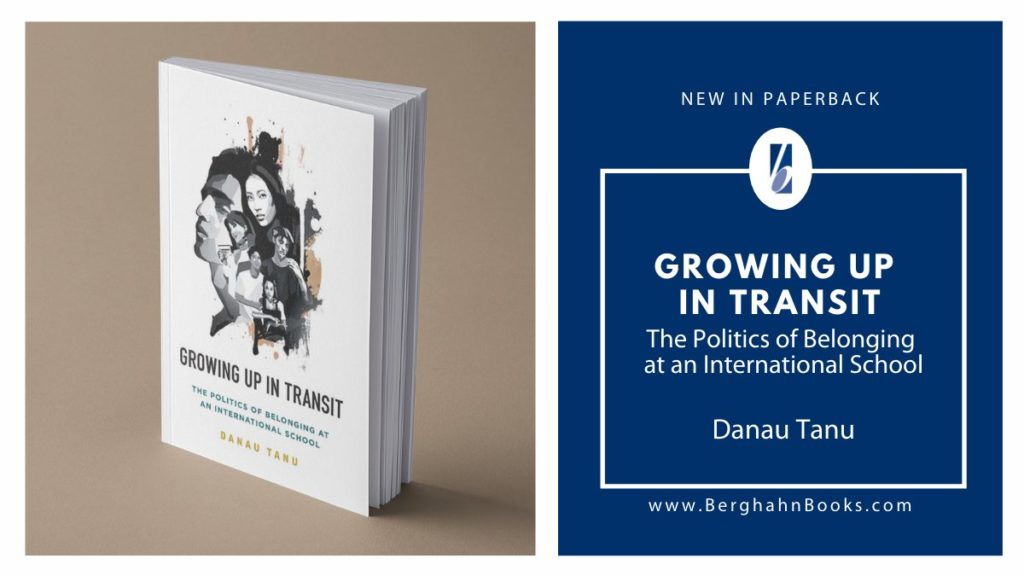Halo, salam kenal. Nama saya Danau. Sejak Maret tahun ini, saya datang ke Jepang sebagai Visiting Research Fellow di Waseda University untuk meneliti tentang anak muda ‘multikultural’ di Tokyo.
Saya sedang mencari peserta interview. Silahkan baca lebih lanjut di bawah ini atau hubungi kami. (Bahasa lainnya: 日本語 atau English)
Topik penelitian
Penduduk Jepang makin hari makin beragam. Meskipun begitu, penelitian tentang pengalaman anak muda yang berlatar belakang beragam budaya atau multikultural/multibudaya masih sangat terbatas, terutama yang berbahasa Indonesia.
Penelitian ini berfokus pada pengalaman anak muda di Jepang yang dipengaruhi lebih dari satu budaya pada masa kecil atau masa remaja melalui faktor-faktor seperti berikut:
- mobilitas (pengalaman tinggal di lebih dari satu negara)
- sekolah dan pendidikan
- media sosial and media massa
- hubungan sosial (misalnya: keluarga, teman, komunitas, dll.)
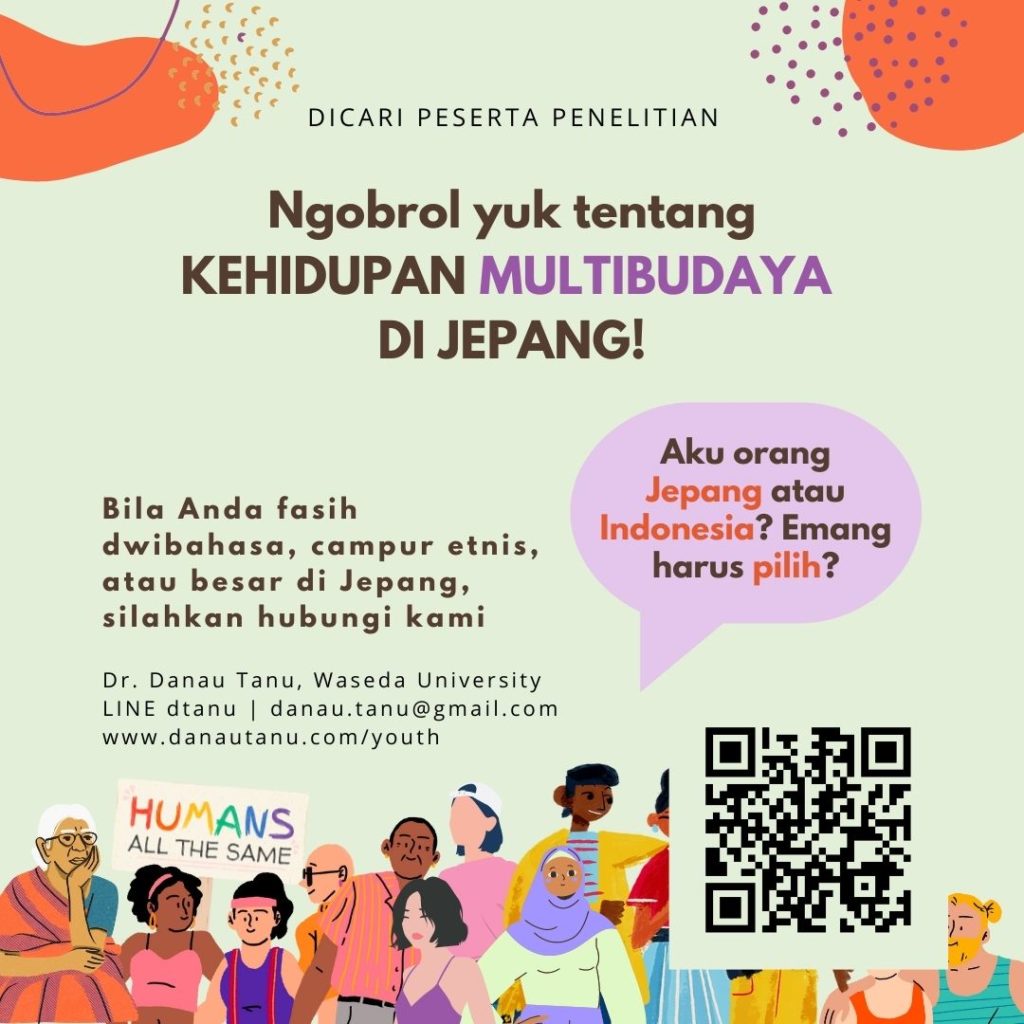
Peserta penelitian yang dicari
Dalam rangka penelitian ini, saya ingin interview orang yang berlatar belakang multibudaya yang berhubungan dengan Jepang yaitu seseorang yang:
- pernah menghabiskan sebagian dari masa kecil atau masa remaja mereka di Jepang (3 bulan atau lebih sebelum berusia 18 tahun), atau
- setidaknya salah satu orang tuanya lahir di luar Jepang, atau
- setidaknya salah satu orang tuanya dianggap etnis minoritas di Jepang, atau
- sejak kecil dwibahasa atau fasih dalam lebih dari satu bahasa, atau
- yang lainnya*
(*Jika Anda merasa Anda berlatar belakang multikultural tetapi tidak termasuk dalam kategori yang tertera di sini, silahkan kontek saya.)
Metode pengumpulan data
Data kualitatif akan dikumpulkan melalui interview/wawancara (metode utama) dan ‘pengamatan terlibat’ yaitu ‘observasi partisipatif’ (tidak wajib) sesuai dengan metode penelitian di bidang antropologi.
Interview/wawancara
Interview akan dilangsungkan sebagai berikut:
- Durasi
1~2 jam (tergantung kesediaan/kesibukan peserta) - Jam & lokasi
Pada waktu dan lokasi yang nyaman bagi peserta - Pertanyaan
Saya tertarik pada masa kecil dan remaja peserta dan pengalaman saat ini yang berkaitan dengan topik penelitian yang tertera diatas. Saya akan bimbing arah percakapan sesuai dengan topik penelitian ini tetapi karena interview antropologi bersifat informal dan santai, maka tidak ada daftar pertanyaan yang harus dijawab. Peserta bebas berbagi sesuka dan sebanyak Anda inginkan. - Perekaman & izin
Interview akan direkam secara audio seizin peserta. Jika peserta berusia dibawah 18 tahun, maka saya akan juga meminta izin interview dari orang tua atau wali (guardian) peserta. - Pelindungan data pribadi & anonimitas
Rekaman interview akan disalin dan dianalisa. Ada kemungkinan sebagian akan dikutip dalam artikel atau publikasi lainnya. Namun, nama asli peserta tidak akan digunakan dalam publikasi atau dimanapun baik secara tertulis maupun secara lisan. Bilamana peserta dikutip dalam publikasi, maka peserta akan diberikan nama samaran untuk memperlindungi identitas dan anonimitas peserta, kecuali jika peserta meminta nama aslinya dipakai dalam publikasi. - Pencegahan korona
Peneliti telah disuntik 3 kali vaksinasi korona dan akan memakai masker saat tidak makan atau minum dan menjaga jarak sosial.

Para peserta sering berkata bahwa mereka senang diwawancarai karena cara interviewnya santai dan nyaman untuk berbagi cerita. Jika ada pertanyaan yang tidak ingin dijawab, tidak perlu dijawab. Meskipun sudah bersetuju untuk diwawancara tetapi kemudian berubah pikiran pada waktu interview sedang berlangsung atau sesudah diwawancara, peserta bebas membatalkan interview atau meminta supaya rekamannya dihapus.
pengamatan terlibat (tidak wajib)
Di bidang antroplogi, kami terkadang menggunakan juga metode yang disebut ‘pengamatan terlibat’ atau ‘observasi partisipan’ dimana peneliti ikut serta dalam pergaulan peserta sambil mengamati ‘kehidupan nyata’ peserta, yaitu misalnya di tempat belajar/kerja atau ketika peserta menghabiskan waktu bersama teman atau keluarga. Pengamatan terlibat seringkali dapat membantu peneliti memahami pengalaman peserta riset secara lebih mendalam. Tentu saja pengamatan terlibat tidak akan dilakukan tanpa izin peserta.
Cara ikut serta atau bertanya
Jika Anda bersedia ikut serta dalam penelitian atau hanya sekedar ingin tahu lebih lanjut mengenai penelitian, silahkan isi formulir berikut atau hubungi kami secara langsung.
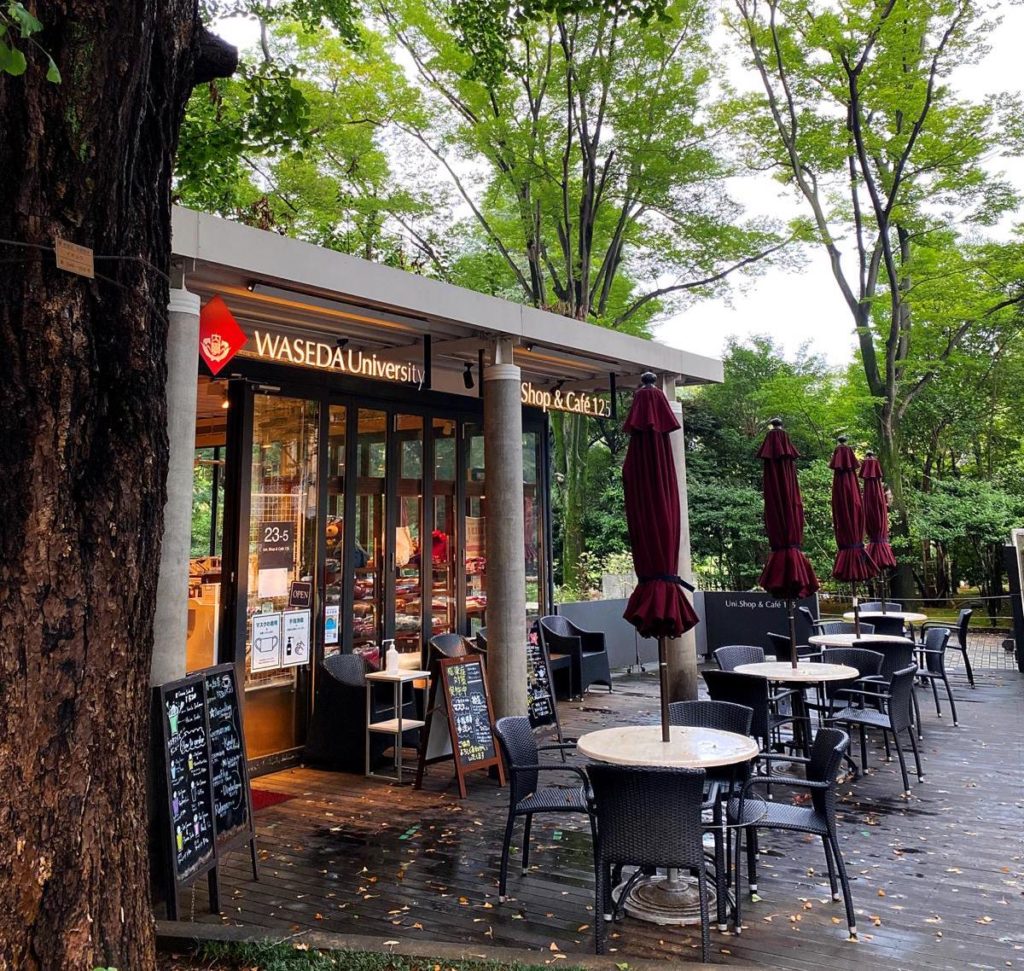
Biodata peneliti
Dr. Danau Tanu (S3) adalah Visiting Research Fellow di Waseda University Institute of Asia-Pacific Migration (WIAPS) di Tokyo dan penerima beasiswa penelitian jangka panjang yang didanai oleh The Japan Foundation. Untuk informasi lebih lanjut:
Hubungi kami
Jika ada pertanyaan atau sekedar ingin tahu lebih lanjut tentang penelitian ini, silahkan hubungi kami melalui:
- e-mail (danau.tanu [at] gmail.com)
- LINE (ID: dtanu)
- media sosial lainya.
Terima kasih banyak!
